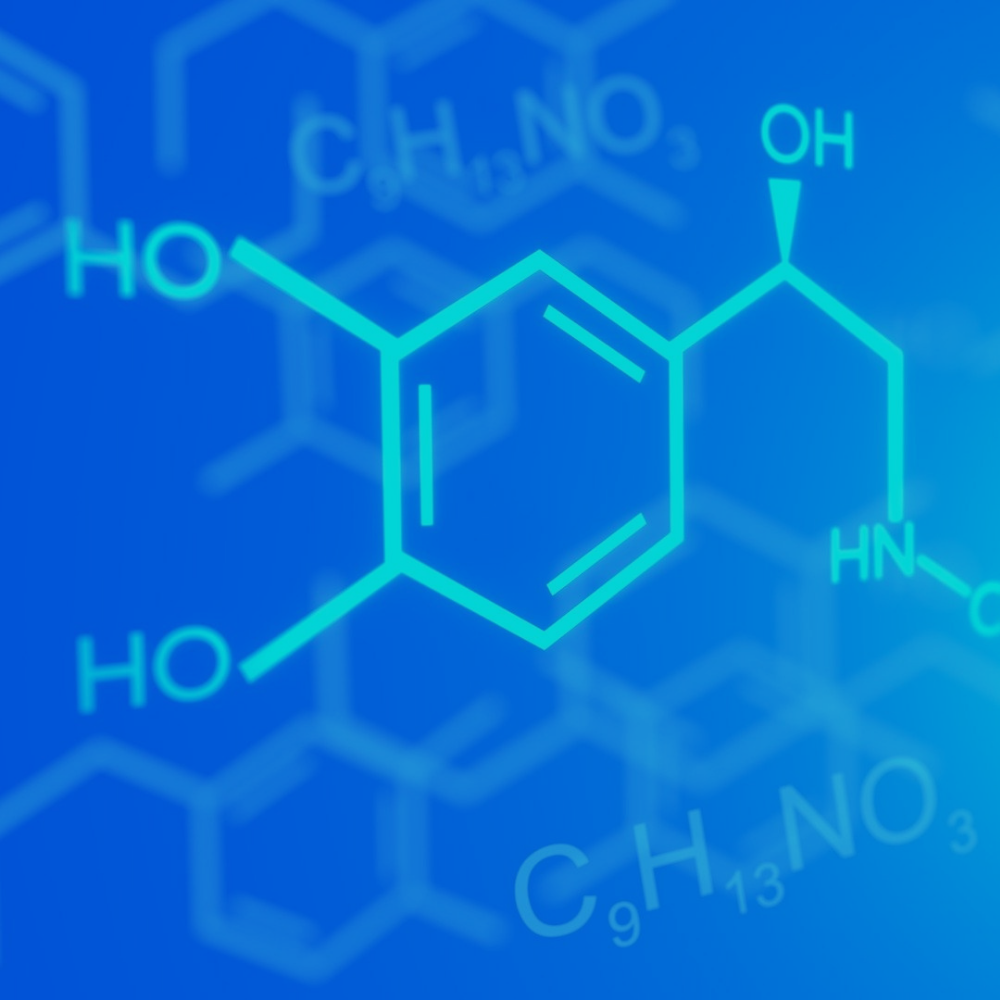

Sidik Permana
Nuclear fuel sustainability is one of the important issues for extending fuel utilization factor such as by re-cycle options of spent nuclear fuel (SNF) especially from the existing light water reactor (LWR) which can be combined with nuclear proliferation aspect as a strategic program. The recycling program can be harmonized with higher fuel breeding reactors, utilization of nuclear fussion as well as additional fuel resources from sea water and utilization of thorium which can be estimated to fulfill world energy demand as similar pattern as sustainable energy or renewable energy resources (Zaleski, 2006). Fuel breeding aspect as a key factor of nuclear sustainability can be enhanced with several ways and program such as designing high breeding capability reactors, effectively recycling fuel program for both nuclear fuel cycle of uranium and thorium which is natrually exist. In addition, soem new fuels are produced in the reactor which can be maintaned as new fuel resources and gives some fuel breeding gain to used in the next step of reactor operation. In term of recycling spent fuel form the reactor, there is a sensitive issue especially to the plutonium production and plutonium utilization which can be defined as a nuclear non-proliferation aspect and nuclear security concern intrinsicaly and extrinsicaly. Enhancing fuel breeding capability is one of the essential programs for sustainability of nuclear fuel which can be maintaned by recycling process of spent nuclear fuel (SNF) and designing a reactor system which can operate with high breeding capability. Some programs have been done to increase the fuel sustaibality and recycling program for reducing SFN volume as well as in line with increasing fuel breeding condition and to increase a level of nuclear non-proliferation capability of the nuclear fuels (Sidik and Zaki, 2009; Sidik et al, 2009; Choi and Downar, 1999; Edward and Weston, 2003; Taiwo et al, 2006; Saito, 2002; Meiliza et al, 2008; Sidik et al, 2011a,2011b,2011b,2013). In term of thorium utilization which has 3-4 times more larger reseources than uranium. Some investigation also have been employed which shows some advantages by utilizing thorium as fuel such as high fuel breeding capability especially in thermal and epi thermal energy regions, high fuel stability, and better nuclear non-proliferation aspect (Permana et al., 2007; Kim and Downar, 2002; Michael and Otto, 1998; Turan, 2000). To evaluate the the capability of nuclear fuel breeding with some fuel cycles have been also done in term of thermal and fast reactor types (Akie et al., 1991; Permana et al., 2006, 2007,2010; Iwamura et al., 1999; Hibi et al., 2001; Hibi and Sekimoto, 2005; Takaki, 2000; Takaki et al, 2010;Iwamura, et al., 2006, 2007; Kim and Downar, 2002; Takahashi et al., 2000; Freeman et al., 1989; Nuttin et al., 2005; Akie et al., 1991; Michael and Otto, 1998; Turan, 2000; Jagannathan and Usha, 2006; IAEA, 2005). The advantages of thorium fuel also can be estimated from the safety performance capability in relation with reactivity condition of void condition which shows a negative void reactivity condition (Permana et al., 2007,2008,2011; Takahashi et al., 2000). In order to control the use of nuclear fuel, a proposes to reduce a use for militery or weapon purposes and to increase the use of nuclear fuel only for peaceful use and civilian use hase been proposed (Obama, 2009). And in the same time same proposed methodology to evaluate intrinsic proliferation resistance approach (Pellaud, 2002; Kessler, 2007; Mark, 2009, Saito, 2002; Sidik, 2011a, 2011b). In this study, the effect of different nuclear fuel loading such as uranium and thorium fuel cycles to the fuel breeding capability as a fuel sustainable parameter in nuclear power plant (MPP) will be investigated. Fuel breeding analysis will based on the conversion ratio capability which is basically comes from reaction rate of neutron in the reactor. Research activities will be performed from compiling literature and previous research result as a basic analysis, conducting analysis and computational simulation analysis up to publication process of research activity results. In education point of view, the significant result and research activity program can be used as educational research program espeacially for co-researcher from post graduate student and also can be collected as a refference document for university lectures as well as can be used as reference data for utilizing uranium and thorium resources in Indonesia. International publication will be performed as paper publication in international journal and in proceeding paper of international conference.